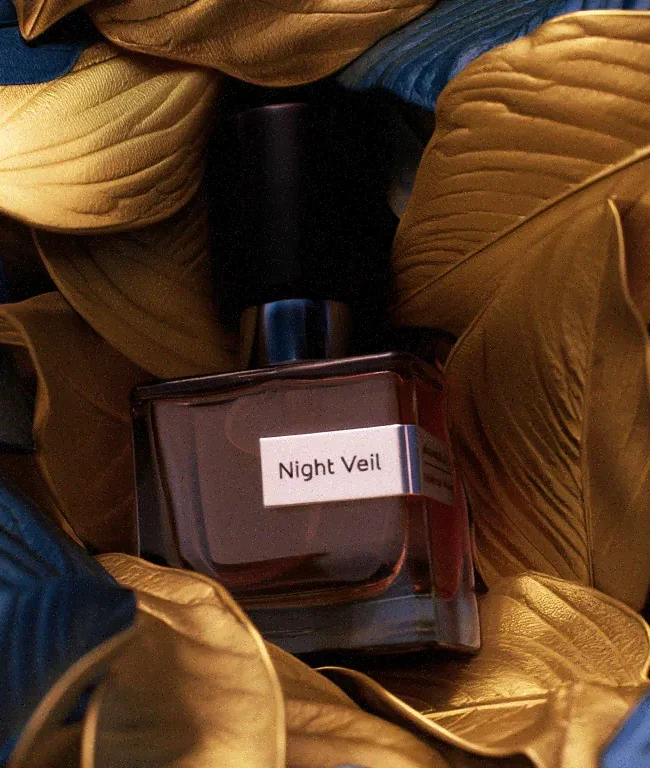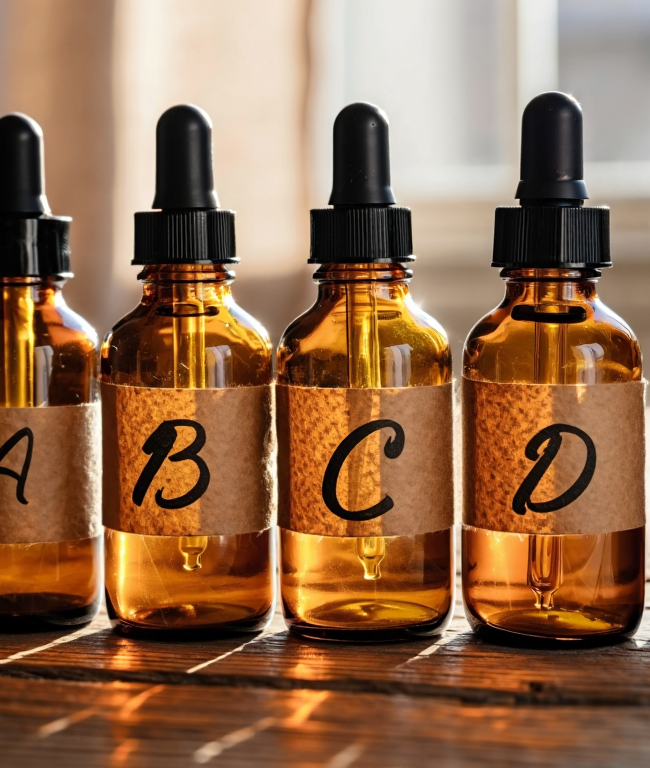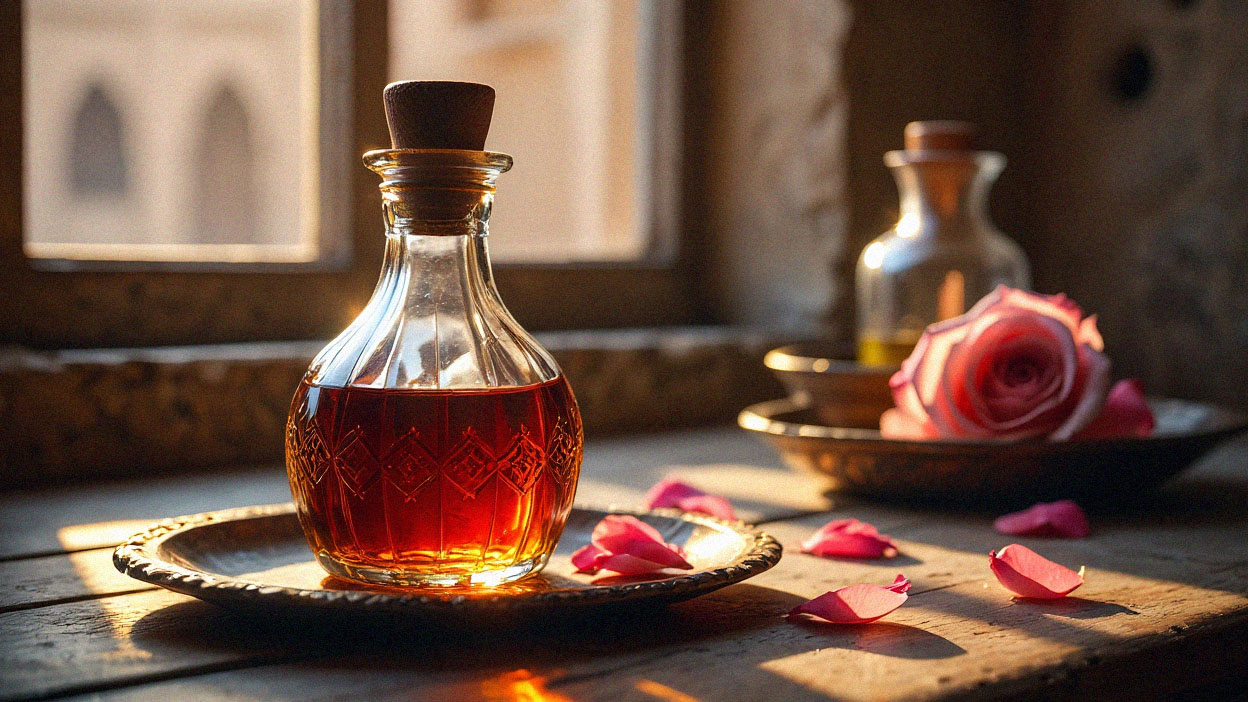
Sourcing Rare Perfume Materials for a Unique Niche
I’ve always been drawn to rare and intriguing perfume materials, whether it’s assembling my own “wild cashmere” accord or chasing unique absolutes and attars. In fact, this passion for uncovering and recreating uncommon natural treasures—particularly the fabled Oriental amber—was what first ushered me into the world of perfumery (in details I talk about it in the article In Search of Oriental Amber).
Over time, collecting these rare components evolved into a series of highly exclusive fragrances in which they play the starring role. This pursuit not only shaped the concept of niche perfumery I long desired—beautiful, scarce, and high in demand—but also resulted in some fragrances existing only in single digits. If the material at the heart of a formula is limited to a few precious collector’s lot milliliters, then the final bottles can’t be mass-produced.
Attar of Persian Rose
 One example is an attar of Persian rose — a material so phenomenally beautiful it sold out almost immediately and is no longer available on the market. Attars, by nature, are intricate to produce, often featuring a set recipe that makes them nearly impossible to duplicate once the original batch is gone. A great attar has a deep, multi-layered profile, which is precisely why perfumers prize them so highly. This particular Persian rose attar had a richly nuanced floral scent, accented by watery melon, a delicate ozone-like freshness, and tender spring blossoms, all revolving around a graceful rose core. It was a perfect natural base for building a high-end floral perfume. I used it in a limited version of Paradis Noir, but it had to be replaced with a different floral concept in the standard edition, as the original attar was no longer obtainable.
One example is an attar of Persian rose — a material so phenomenally beautiful it sold out almost immediately and is no longer available on the market. Attars, by nature, are intricate to produce, often featuring a set recipe that makes them nearly impossible to duplicate once the original batch is gone. A great attar has a deep, multi-layered profile, which is precisely why perfumers prize them so highly. This particular Persian rose attar had a richly nuanced floral scent, accented by watery melon, a delicate ozone-like freshness, and tender spring blossoms, all revolving around a graceful rose core. It was a perfect natural base for building a high-end floral perfume. I used it in a limited version of Paradis Noir, but it had to be replaced with a different floral concept in the standard edition, as the original attar was no longer obtainable.
Sheep’s Wool Musk
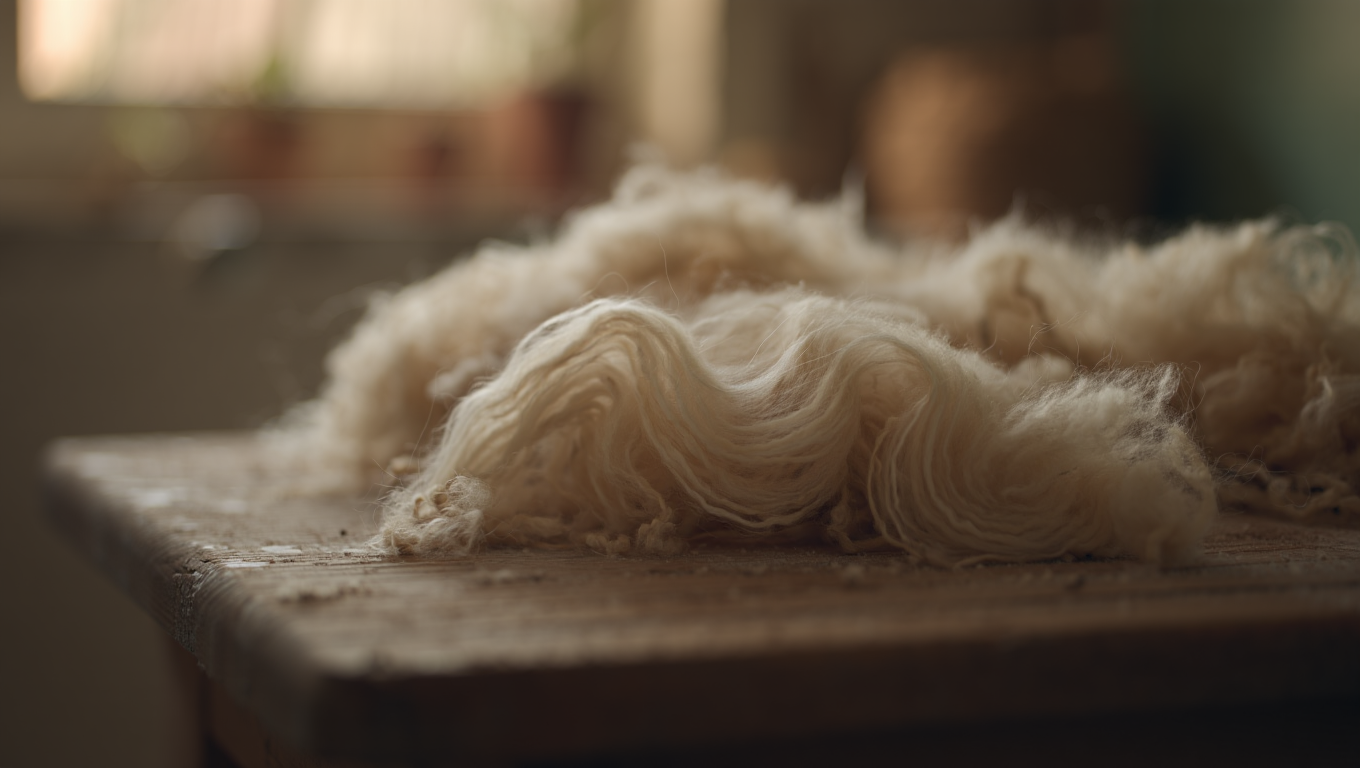 Another fascinating, relatively new material is sheep’s wool musk. This alternative to more traditional animal musks brings an especially natural, rich olfactory profile — think subtle barnyard warmth, velvety cashmere notes, and even a faintly cheesy, masculine “sterol” thread. Crucially, it’s more humane than certain other natural animal musks, since it uses shorn wool. Its depth and authenticity remind me of oud in complexity. I used this material in “Cashmere Cologne,” where it joined a natural “cashmere accord,” offering both softness and a mesmerizing animalic sensuality.
Another fascinating, relatively new material is sheep’s wool musk. This alternative to more traditional animal musks brings an especially natural, rich olfactory profile — think subtle barnyard warmth, velvety cashmere notes, and even a faintly cheesy, masculine “sterol” thread. Crucially, it’s more humane than certain other natural animal musks, since it uses shorn wool. Its depth and authenticity remind me of oud in complexity. I used this material in “Cashmere Cologne,” where it joined a natural “cashmere accord,” offering both softness and a mesmerizing animalic sensuality.
Absolute of Blue Lotus
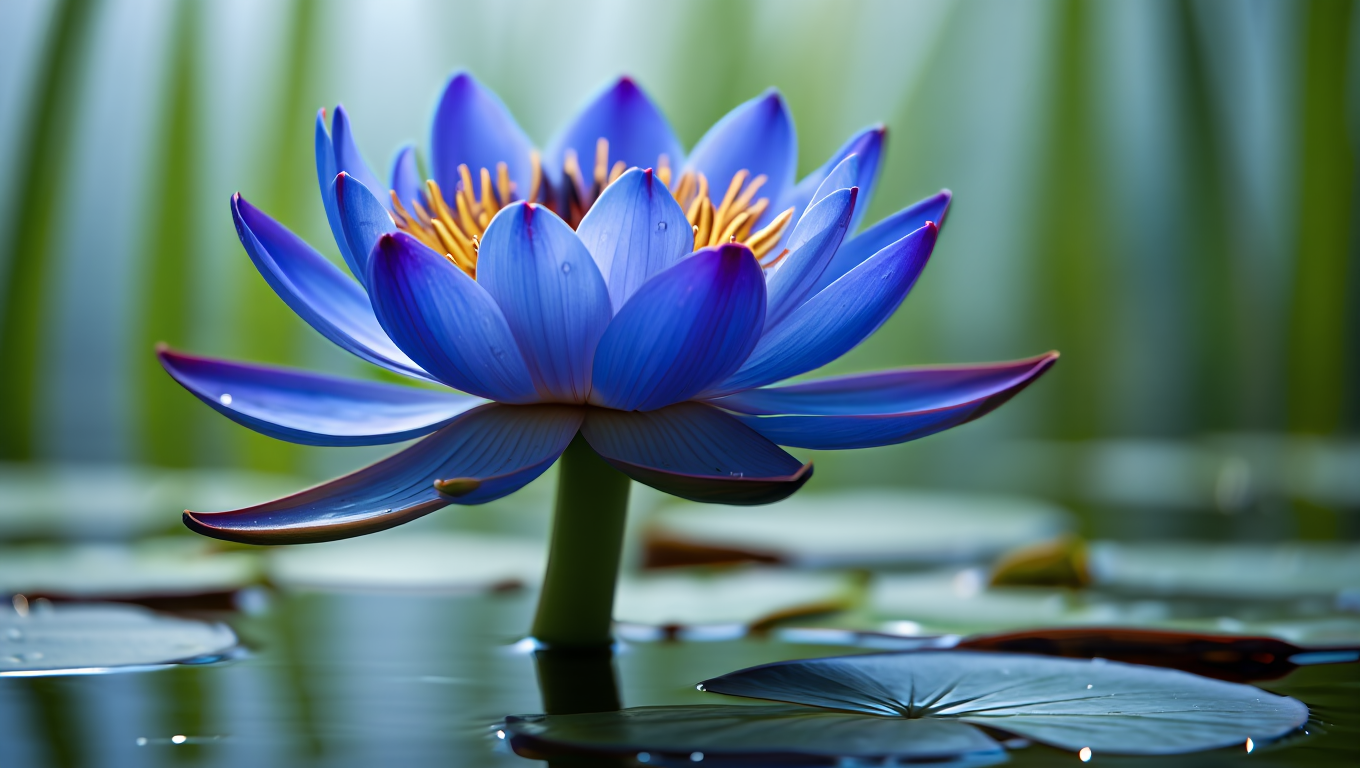 Some materials, however, are so breathtaking that trying to integrate them deeply into an accord feels almost criminal. Blue lotus absolute is one such jewel — astonishingly sweet, sensuous, and addictive, with waxy undertones and warm spice nuances. I can’t pull my nose away from it. I built an entire perfume around it, using just a few complementary notes to accentuate its brilliance without overshadowing it, and named it Night Veil. Because of the absolute’s scarcity, this fragrance is often produced in very small batches; should the market run dry of blue lotus, the perfume may well vanish until a new supply emerges.
Some materials, however, are so breathtaking that trying to integrate them deeply into an accord feels almost criminal. Blue lotus absolute is one such jewel — astonishingly sweet, sensuous, and addictive, with waxy undertones and warm spice nuances. I can’t pull my nose away from it. I built an entire perfume around it, using just a few complementary notes to accentuate its brilliance without overshadowing it, and named it Night Veil. Because of the absolute’s scarcity, this fragrance is often produced in very small batches; should the market run dry of blue lotus, the perfume may well vanish until a new supply emerges.
Hydro Vetiver
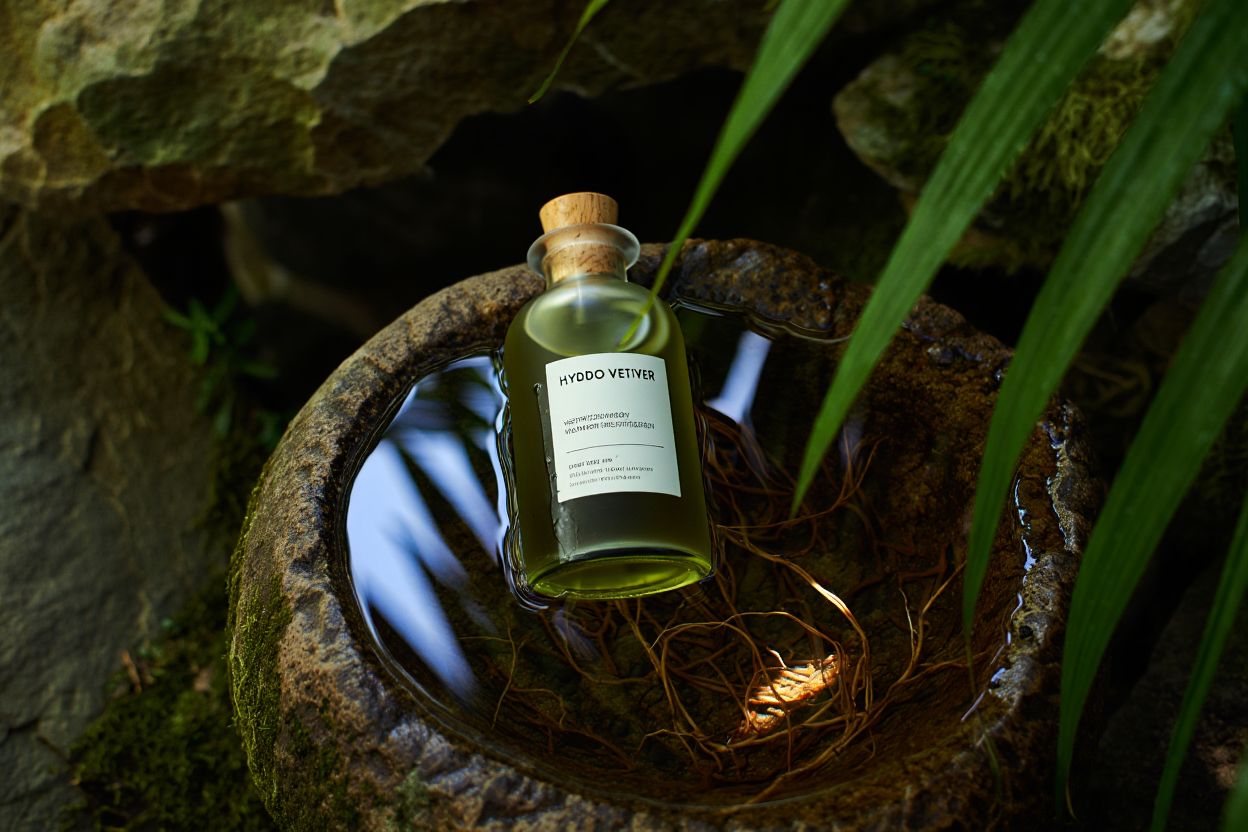 Then there’s “hydro vetiver,” a wild-grown vetiver from North India, notable for its hydro-distillation process. Its aroma profile starts with earthy leather, spiced grass, and red clay, evolving gradually into a spacious “sea breeze” dryness and gentle ozonic facets. After about a day on a blotter, it reveals an incredible oceanic dimension — like standing on a small wooden boat in the rain, breathing in the clean air of an endless sea. This epic transformation makes hydro vetiver a gorgeously complex base note, which I paired with gardenia absolute, violet, and Thai oud to create “Hidden Garten”, a floral fragrance enriched by that airy, oceanic twist.
Then there’s “hydro vetiver,” a wild-grown vetiver from North India, notable for its hydro-distillation process. Its aroma profile starts with earthy leather, spiced grass, and red clay, evolving gradually into a spacious “sea breeze” dryness and gentle ozonic facets. After about a day on a blotter, it reveals an incredible oceanic dimension — like standing on a small wooden boat in the rain, breathing in the clean air of an endless sea. This epic transformation makes hydro vetiver a gorgeously complex base note, which I paired with gardenia absolute, violet, and Thai oud to create “Hidden Garten”, a floral fragrance enriched by that airy, oceanic twist.
Oud: The Incomparable Ingredient
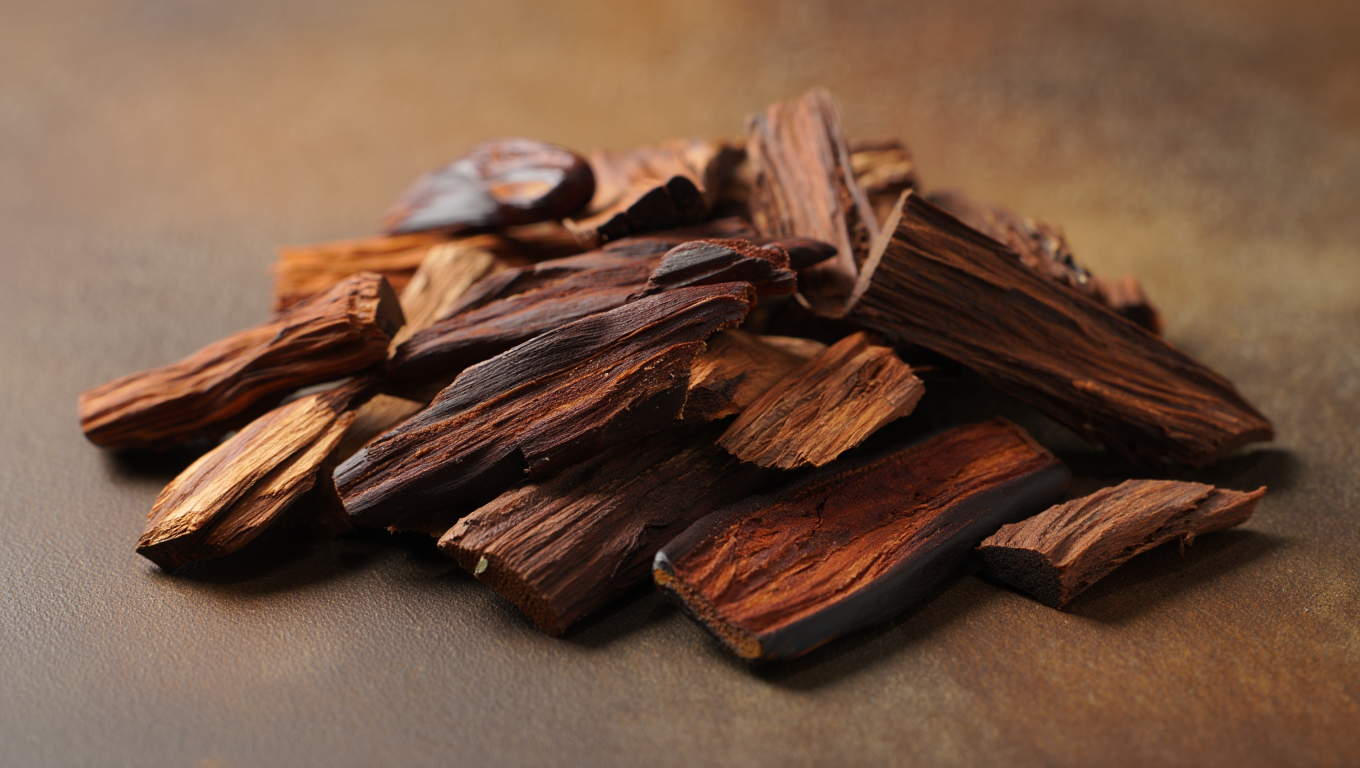 Of course, one of the most extraordinary natural materials is oud. As I explained in my article on The Multilayered World of Oud, oud oil encompasses a vast spectrum of olfactory variations — from fruity and incense-like to leathery and fiercely animalic. Its capacity as a “modifier” is also extraordinary: oud can turn a perfume velvety, sensuous, uplifting, or profoundly deep. Distinct regional oud oils have their own defining qualities, and the resource-intensive, time-consuming nature of oud cultivation makes it extremely expensive. Some oud lots consist of only a few hundred milliliters. There are even entire perfume houses that craft their identity around using high-quality oud oils exclusively. In my own line, oud appears in nearly every perfume — Oud Brouillard, Paradis Noir, Cashmere Cologne, Night Blue, and Hidden Garden—each time revealing a different side of its remarkable complexity.
Of course, one of the most extraordinary natural materials is oud. As I explained in my article on The Multilayered World of Oud, oud oil encompasses a vast spectrum of olfactory variations — from fruity and incense-like to leathery and fiercely animalic. Its capacity as a “modifier” is also extraordinary: oud can turn a perfume velvety, sensuous, uplifting, or profoundly deep. Distinct regional oud oils have their own defining qualities, and the resource-intensive, time-consuming nature of oud cultivation makes it extremely expensive. Some oud lots consist of only a few hundred milliliters. There are even entire perfume houses that craft their identity around using high-quality oud oils exclusively. In my own line, oud appears in nearly every perfume — Oud Brouillard, Paradis Noir, Cashmere Cologne, Night Blue, and Hidden Garden—each time revealing a different side of its remarkable complexity.
From a precious Persian rose attar to the earthy-cool wonder of hydro vetiver, these rare materials often become the heart of my creations. They’re the foundation of a truly niche approach to perfumery — a space where every limited-lot ingredient tells its own story and leads us to a fragrance experience that’s hard to replicate or find elsewhere. The sense of rarity, the trace of exclusivity, and the sheer beauty of their unique olfactory profiles are what continuously inspire me to search for the next exceptional raw material — knowing that each discovery can bring a new, breathtaking world of scent to life.


